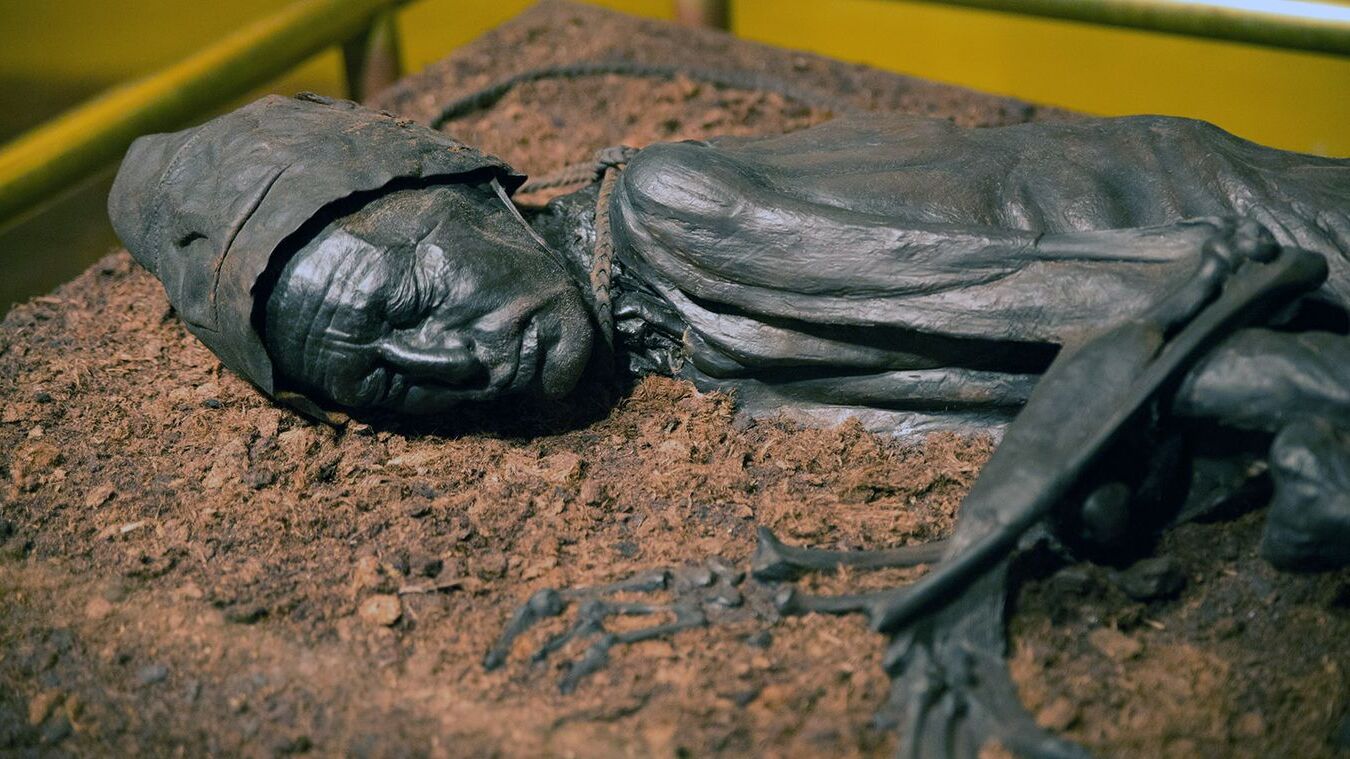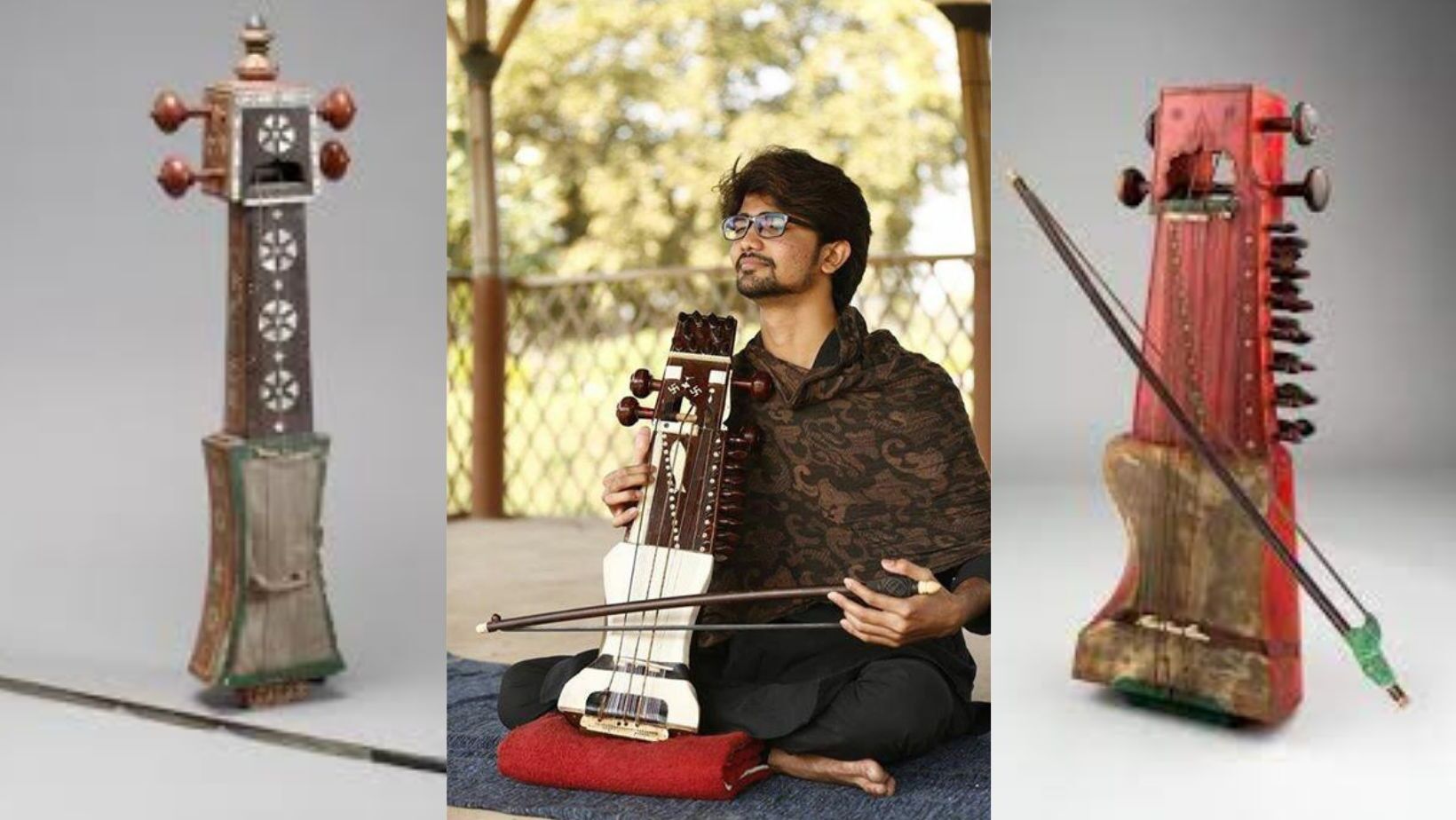
What are bog bodies? These ancient human remains have been naturally preserved in peat bogs for thousands of years. Found mainly in Northern Europe, bog bodies offer a unique glimpse into the past. The cold, oxygen-poor, and acidic conditions of peat bogs act as a natural preservative, keeping soft tissues, hair, and even stomach contents intact. Over a thousand of these bodies have been discovered, each telling a story of life and often violent death. From Tollund Man to Yde Girl, these remains reveal fascinating details about ancient rituals, diets, and social structures. Let's dive into 25 intriguing facts about these mysterious relics.
Key Takeaways:
- Mysterious bog bodies, preserved in peat bogs for thousands of years, offer insights into ancient lives and deaths through unique preservation and modern analysis techniques.
- The discovery of over a thousand bog bodies in Northern Europe continues to captivate both scientists and the general public, shedding light on a mysterious and often violent past.
What Are Bog Bodies?
Bog bodies, also known as peat bog mummies, are human remains preserved in peat bogs for thousands of years. These natural mummies are primarily found in Northern Europe. The unique conditions of peat bogs, which are cold-weather swamps with low oxygen levels and high acidity, have allowed these bodies to remain remarkably well-preserved.
-
Preservation Process: The peat bog environment is an excellent preservative for human bodies. The oxygen-free conditions and tannins, naturally occurring chemicals used in tanning leather, prevent decay and preserve organic materials like soft tissues and digestive tract contents.
-
Number of Discoveries: Over a thousand bog bodies and skeletons have been discovered in European bogs, with new finds continuing to shed light on ancient lives.
-
First Records: The first recorded discoveries of bog bodies date back to the 17th century, although it is believed that bodies found in bogs were often reburied in local churchyards before that time.
Famous Bog Bodies
Some bog bodies have gained fame due to their remarkable preservation and the stories they tell about ancient lives and deaths.
-
Tollund Man: Tollund Man, discovered in 1950, is one of the most famous bog bodies. Initially thought to be a modern murder victim due to his lack of clothing and the noose around his neck, forensic analysis revealed that he was hanged and had eaten a meal of barley and flax porridge 12 to 24 hours before his death.
-
Grauballe Man: Grauballe Man, found in 1952, was completely naked and had his throat slit from ear to ear. His remains include well-preserved hands and feet, and he is believed to have been sacrificed to a fertility goddess after a bad harvest.
-
Lindow Man: Lindow Man, discovered in 1984, is the most complete bog body found in the UK. He was struck twice on the head, garroted, and had his jugular vein severed. He wore a fox-fur band on his left arm and was well-groomed, with hair and beard trimmed by shears and fingernails filed.
-
Yde Girl: Yde Girl, found in 1897, was about 16 years old when she died. She was strangled with a woolen band around her throat and stabbed near her left clavicle. A CAT scan revealed that she suffered from scoliosis and had an irregular gait.
Theories Behind Their Deaths
Many bog bodies show signs of violent deaths, leading to various theories about why they ended up in the bogs.
-
Violent Deaths: Many bog bodies show signs of violent deaths, including strangulation, hanging, stabbing, and slashing. Some victims may have been killed multiple times in different ways, a phenomenon known as overkilling.
-
Ritual Significance: The bogs themselves may have held ritual significance. The unique geography of bogs, neither solid land nor open water, could have made them powerful places beyond human reach.
-
Social Deviance: Some theories suggest that the bog bodies may have been those of criminals or people considered socially deviant. Artifact evidence suggests that bogs may have been used for ritual purposes, especially during times of social hierarchy and class differentiation.
Modern Discoveries and Analysis
Despite the decline in peat extraction, occasional discoveries still occur, and modern technology helps us learn more about these ancient individuals.
-
Recent Finds: Despite the decline in peat extraction, occasional discoveries still occur. For example, Cashel Man was found in Ireland, and his remains are now part of the National Museum of Ireland.
-
DNA Analysis: Despite advances in DNA analysis, high-quality DNA from bog bodies remains elusive. The acidic conditions in the bogs often damage the proteins necessary for DNA testing, although ongoing technological improvements may soon provide deeper insights into the lives of these ancient individuals.
-
Dietary Analysis: The diet of bog people is being reconstructed through gut contents and chemical analysis. These studies reveal varied diets rich in grain and local seeds, as well as the presence of parasites like roundworms and whipworms.
-
3D CT Scanning: Modern techniques like 3D CT scanning allow for detailed analysis without destroying the skin, providing insights into the internal structures and contents of the bodies.
Notable Individuals and Their Stories
Each bog body tells a unique story, offering a glimpse into the lives and deaths of ancient Europeans.
-
Weerdinge “Couple”: The Weerdinge “Couple,” discovered in 1904, consists of two men who were likely stabbed and killed. The larger figure had his intestines protruding from a chest wound, while the smaller figure's cause of death is unknown.
-
Elling Woman: Elling Woman, found in 1938, was about 25 years old when she died. She was hanged with a rope made of skin, and her body was found in Bjældskovdal bog in Denmark.
-
Haraldskjaer Woman: Haraldskjaer Woman, initially believed to be Queen Gunhild, was found in a bog in Denmark. Carbon dating proved she lived during the fifth century BCE, and a postmortem examination revealed a thin line around her neck indicating strangulation rather than drowning.
-
Physical Differences: Many bog bodies exhibit physical differences that may have stood out in their communities. For example, Yde Girl had pronounced curvature of the spine, and Zweeloo Woman had a form of dwarfism. These differences might have been perceived as special or associated with divine powers.
Cultural Impact and Legacy
The discovery of bog bodies has had a significant impact on both archaeology and popular culture.
-
Nazi Repurposing: During the mid-1930s, the Nazis attempted to repurpose bog bodies to support their Aryan mythology. This effort was part of a broader attempt to create a national narrative around these mysterious remains.
-
Tacitus' Influence: The Roman historian Publius Cornelius Tacitus' writings in Germania (written in A.D. 98) heavily influenced the interpretation of bog bodies as either ritual sacrifices or criminal punishments.
-
Seamus Heaney's Inspiration: The poet Seamus Heaney was deeply inspired by the bog bodies. His poem "Tollund Man" captures the haunting and melancholy essence of these ancient individuals.
-
Archaeological Significance: Bog bodies provide unique insights into life in Northern Europe during the Bronze and Iron Ages. The detailed analysis of these remains has helped archaeologists reconstruct daily life, diet, and even the presence of parasites in ancient populations.
-
Isolated Contexts: Unlike bioarchaeological research, which uses hundreds of skeletons from one cemetery to understand whole populations, bog bodies are often found in isolated contexts purely by chance. However, recent finds in Ireland suggest that more discoveries will be made in the future.
-
Environmental Impact: The extraction of peat has diminished significantly, and when it does occur, large machines are used, often grinding up what might have emerged whole from the slow working of a hand spade. This reduces the likelihood of finding intact bog bodies.
-
Continued Discovery: Despite the challenges posed by modern peat extraction methods, occasional discoveries still occur. These finds continue to captivate both scientists and the general public, offering glimpses into a mysterious and often violent past.
The Enduring Mystery of Bog Bodies
Bog bodies, preserved for thousands of years, offer a unique glimpse into ancient European life. Found mainly in Northern Europe, these remains are often remarkably well-preserved due to the unique conditions of peat bogs. Many show signs of violent deaths, suggesting ritual sacrifices or criminal punishments. Famous examples like Tollund Man and Lindow Man reveal details about their last moments and diets. Modern techniques like 3D CT scanning and dietary analysis continue to provide new insights. Despite challenges in DNA analysis, these discoveries captivate scientists and the public alike. Each find adds to our understanding of ancient rituals, social hierarchies, and daily life. As technology advances, we can expect even more revelations about these enigmatic figures. The mystery of bog bodies endures, offering a fascinating window into a distant, often violent past.
Frequently Asked Questions
Was this page helpful?
Our commitment to delivering trustworthy and engaging content is at the heart of what we do. Each fact on our site is contributed by real users like you, bringing a wealth of diverse insights and information. To ensure the highest standards of accuracy and reliability, our dedicated editors meticulously review each submission. This process guarantees that the facts we share are not only fascinating but also credible. Trust in our commitment to quality and authenticity as you explore and learn with us.


